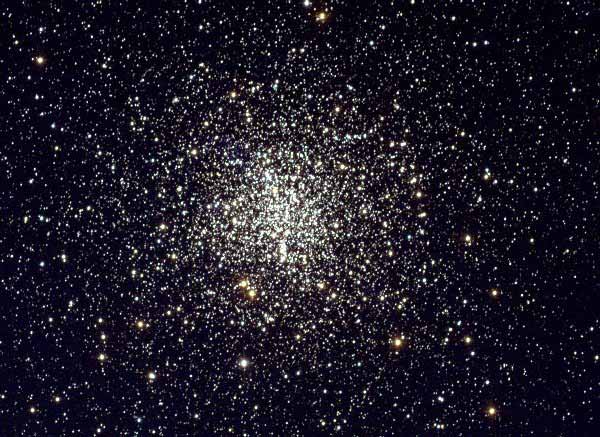

| Online: | |
| Visits: | |
| Stories: |

| Story Views | |
| Now: | |
| Last Hour: | |
| Last 24 Hours: | |
| Total: | |
Asteroseismologists Listen to the Relics of the Milky Way: Sounds from the Oldest Stars in Our Galaxy
The research team, from the University of Birmingham’s School of Physics and Astronomy, has reported the detection of resonant acoustic oscillations of stars in ‘M4’, one of the oldest known clusters of stars in the Galaxy, some 13 billion years old.
M 4 is relatively close to us, lying 7200 light-years distant, making it a prime object for study. It contains several tens of thousands stars and is noteworthy in being home to many white dwarfs — the cores of ancient, dying stars whose outer layers have drifted away into space

This discovery opens the door to using asteroseismology to study the very early history of our Galaxy.
Dr Andrea Miglio, from the University of Birmingham’s School of Physics and Astronomy, who led the study, said: ‘We were thrilled to be able to listen to some of the stellar relics of the early universe. The stars we have studied really are living fossils from the time of the formation of our Galaxy, and we now hope be able to unlock the secrets of how spiral galaxies, like our own, formed and evolved.’
Dr Guy Davies, from the University of Birmingham’s School of Physics and Astronomy, and co-author on the study, said: ‘The age scale of stars has so far been restricted to relatively young stars, limiting our ability to probe the early history of our Galaxy. In this research we have been able to prove that asteroseismology can give precise and accurate ages for the oldest stars in the Galaxy ‘

Credit & Copyright: T2KA, KPNO 0.9-m Telescope, NOAO, AURA, NSF
Professor Bill Chaplin, from the University of Birmingham’s School of Physics and Astronomy and leader of the international collaboration on asteroseismology, said: ‘Just as archaeologists can reveal the past by excavating the earth, so we can use sound inside the stars to perform Galactic archaeology.’
Contacts and sources:
Kate Chapple
Source:


